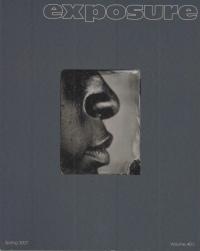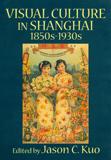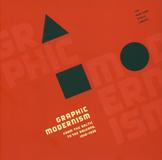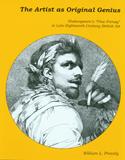Zoe Copeman awarded two-year Kress Fellowship to research in London
Zoe to continue her ground-breaking research on the history of surgical imagery and texts related to the performance of mastectomies in Europe in the early modern period


Research in art history and archaeology is an interdisciplinary enterprise.
Engaging diverse theoretical frameworks and research methods, our faculty produce innovative scholarship in the form of books and articles, digital projects, museum exhibitions, public lectures and more. Our faculty lead national networks and conferences (including the Archaeological Institute of America and the College Art Association), providing innovative research frameworks and making significant contributions to UMD's research enterprise.
Consolidated ARTH Statement of Commitment to Diversity, Equity and Inclusion
(Prepared by the DEI Task Force and Approved by GAHA May 2022)
We, the members of the Department of Art History and Archaeology at the University of Maryland, affirm that Black lives matter and condemn the ongoing violence of systemic racism, xenophobia, homophobia, transphobia, and other acts of injustice and harm impacting BIPOC and other marginalized people. We recognize and are willing to confront the roles of Art History and Archaeology in elevating and perpetuating Eurocentrism and its attendant systems of oppression including colonization, exploitation of labor, exploitation of the nonhuman world, sexism, classism, and white supremacy inside and outside academia. We recognize that this list is not all-inclusive and is ever evolving, and to it more will be added. Continuing the work begun by graduate students, faculty, and staff in the summer of 2020 following the murder of George Floyd by police, we commit to building and maintaining a more inclusive, equitable, anti-racist and pluralistic department. As part of this commitment, we recognize the need to confront and redress bias and harm and to challenge monocultural norms and expectations.
In this process, we are inspired by and join the campus-wide efforts to reckon with the University of Maryland’s long record of discrimination, racial injustice, and actions that undermine the very principles of intellectual and moral integrity for which we stand.
We are committed to lifting up and expanding the diversity of our department community and to improving inclusivity and equity in our departmental practices, policies, and culture. In the study and practice of art history and archaeology, diversity and differences are assets. Our department affirms that diversity is expressed in myriad forms, including race, ethnicity, sex, gender, sexual orientation, class, immigration status, body type, language, culture, national origin, religion, age, ability, and political perspective. We are made stronger by inviting in and providing for the diverse voices, approaches and contributions that form the foundation of our twinned disciplines, and which enable our community, as a whole, to thrive. While our disciplines have collaborated in structures of oppression, we wish to affirm the role that we in the humanities and in art history and archaeology can play in helping to envision and make possible a world that is both sustainable and just.
We envision our department as a space of care, safety, and respect for all of our members. All of our voices are valuable and our actions matter. We commit to upholding this vision in our work together.
Read More about In Pursuit of Universalism: Yorozu Tetsugorô and Japanese Modern Art

Professor Shannon's first book, The Disappearance of Objects: New York Art and the Rise of the Postmodern City (Yale University Press, 2009) considers how art in New York understood the transformation of the economy and of everyday life around 1960. A finalist for the book prize of the Phillips Collection's Center for the Study of Modern Art, the book also won a Wyeth Foundation Publication Grant from the College Art Association.
Read More about The Disappearance of Objects: New York Art and the Rise of the Postmodern City
This book focuses on several mythological paintings created by Rubens between 1610 and 1620. Even by the standards of erudition commonly applied to his oeuvre, these works demonstrate a particularly intense engagement on his part with questions of artistic originality and ideal style. Furthermore, their learned themes point to a rarefied audience steeped in classical and renaissance theories. Through these close readings, the author illuminates the importance of the rhetorical conventions of the period for Rubens’s mode of composition, or the intersection of the poetic and the “archaeological” in his approach to themes drawn from classical mythology.
Read More about Rubens and the Archaeology of Myth (1610-1620): Visual and Poetic Memory

Read More about Perspectives on Connoisseurship of Chinese Painting


The book provides us a point of entry into the nexus of relationships that structured the encounter between China and the West as experienced by the treaty-port Chinese in their everyday life. Exploring such relationships gives us a better sense of the ultimate significance of Shanghai’s rise as China’s dominant metropolitan center. This book will appeal not only to art historians, but also to students of history, gender studies, women’s studies, and culture studies who are interested in modern China as well as questions of art patronage, nationalism, colonialism, visual culture, and representation of women. The book was based on material produced through a project supported by two generous grants ($125,000) from the Henry Luce Foundation.

Read More about Graphic Modernism from the Baltic to the Balkans, 1910-1930
